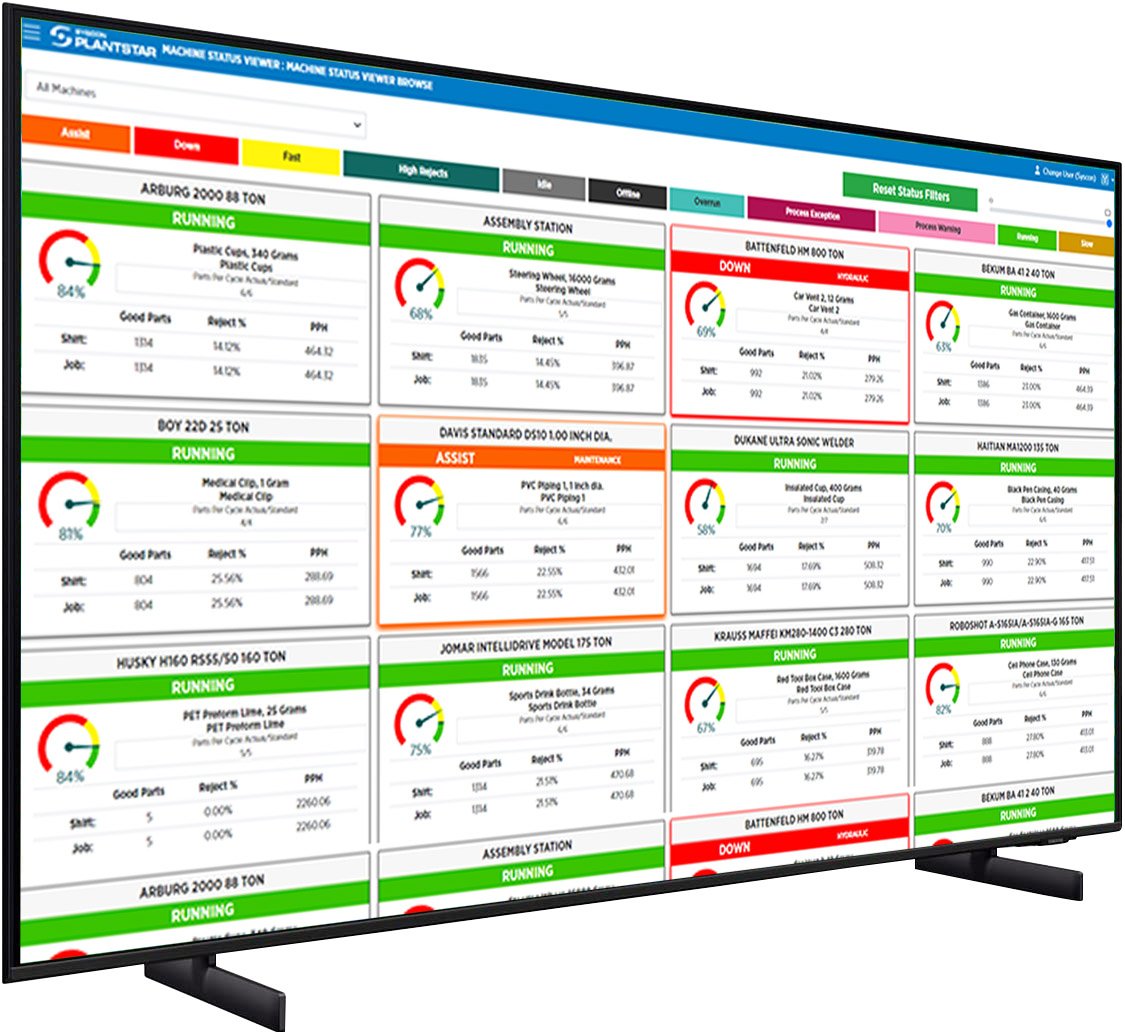PlantStar BLOG
MES Improves Materials and Inventory Tracking
Dec 29, 2022 4:15:00 PM / by PlantStar Team
![]()
Smooth manufacturing operations require reliable availability and delivery of materials. However, tracking has grown more complex, and the pandemic exacerbated these challenges. Corporations need a better way to monitor their material flow, and a manufacturing execution system (MES) provides it.
Material management is the foundation upon which manufacturing is built. That’s because everything in manufacturing, from the beginning to the end of the supply chain, is interconnected. A problem with one step impacts all the others. As a result, tracking materials involves more than checking what is going to be delivered today and how many products are stacked in a warehouse. Suppliers must know how inventory is flowing, starting with the ordering of raw materials, and what positive and negative impacts an issue in any step in the process would have on the others.
Historically, manufacturers had limited—and in many cases zero—visibility into their workflow. However, recent technological advances, including the arrival of MES systems, are addressing that problem. An MES is a central information collection point that enables suppliers to take advantage of Industry 4.0 capabilities. It provides manufacturers with real-time tracking of all aspects of the production process, from ordering materials to verifying delivered products.
Centralize Material Management
The manufacturing process involves many moving parts, including raw materials, works in progress, packaging materials like cardboard and box cushions, finished products, rejected items, returns, and repairs. Traditionally, these items were tracked in autonomous applications that supported a single step in the workflow. Consequently, manufacturers lacked real-time visibility into their end-to-end performance. This forced them to manage the production process reactively, often consolidating information from different sources themselves and examining reports after a production run—when it’s too late to make the changes that would have improved outcomes.
Unified data collection allows employees to fully understand what is happening in the supply chain and on the production line. MES software performs this task. The solution integrates supply chain, machine, production line, and shipment data, removing the need for managers to manually collect and correlate data. The change empowers employees to access more information in a timelier manner, make better decisions, streamline operations management, and improve the facility’s operation.
Reduce Costs
Suppliers are constantly on the lookout for ways to reduce costs. An MES integrates supply chain, machine, production line, back office, and shipment data, enabling employees to understand product flow and identify problem areas, such as a lack of raw materials availability. They can then find alternative resources or revamp production schedules as needed. It also gives businesses visibility into how long items sit idle and create bottlenecks, providing the opportunity to make the changes needed to keep products flowing and save money.
Optimize Inventory
Manufacturers often struggle to maintain a consistent supply of materials, sometimes running low or carrying too much. An MES provides historic, present, and projected availability and demand information. It tracks and reports on material usage according to the parameters you set. This data can then be exported to any information system application. For instance, the data can allow an enterprise resource planning (ERP) system to more accurately anticipate material usage, demand, and availability. The more accurate the forecast, the shorter the lead times, the less material sitting idle in the pipeline, and the more efficiently the company runs.
Streamline Operations
Manufacturing consists of a number of interconnected pieces. Once materials arrive and are unloaded, the process of paying the supplier begins. Historically, completing and tracking such work was done manually—and often inefficiently. Employees had to pull information from different sources, consolidate it, and then manage the payment process.
An MES takes on that work, so suppliers can rewrite their business processes. Rather than rely on employees to take the proper steps, they can automate them. The system traces lot numbers from ERP work orders through production management and associates raw materials to lots, jobs, work orders, and finished goods. Employees spend less time on routine processes and focus more on what they can do best, such as enhancing quality control.
Increase Productivity
Suppliers want their production lines and workers operating at peak efficiency as much as possible. When inventory is slowly making its way through the supply chain and production line, the ripple effects are clear and dramatic. Production plant equipment slows down or sits idle. Too many workers are on the shop floor with not enough work. Production lags, and expenses rise. With the right information, manufacturers can eliminate such glitches and put materials into use on the factory floor immediately rather than leaving them sitting on trucks or in warehouses waiting to be used.
It’s important for manufacturers to monitor the flow of materials into and out of the company. Legacy systems were cumbersome and provided limited insight because data was stored in many locations. An MES breaks down these barriers, improving workflow, enhancing productivity, saving money, and ultimately creating a stronger business. To learn more, subscribe to our blog or check out our MES FAQ.

Schedule A Demo
Topics: Manufacturing Execution Systems
Subscribe to Email Updates
Posts by Topic
- Manufacturing Execution Systems (38)
- manufacturing solutions (16)
- MES 101 (13)
- Industry 4.0 (11)
- improve efficiency (10)
- Plastic Molding (9)
- Plastics Technology (9)
- mes software (9)
- mes solutions (9)
- MES hardware (8)
- Shop Floor Production (8)
- digital transformation (7)
- Reduce scrap (6)
- data-driven-decisions (6)
- Medical molding (5)
- lean manufacturing (5)
- process monitoring (5)
- product quality (5)
- lights-out manufacturing (4)
- manufacturing dashboard (4)
- production monitoring (4)
- ERP integration (3)
- Shop Floor Safety (3)
- supply chain management (3)
- Injection Molding Technology (2)
- defect collection (2)
- machine mes (2)
- process variables (2)
- digital strategy (1)
- labor gap (1)
- throughput (1)


